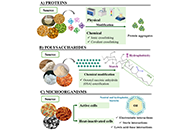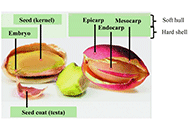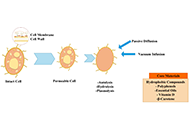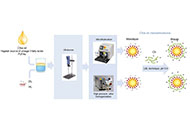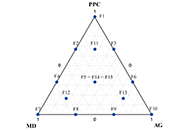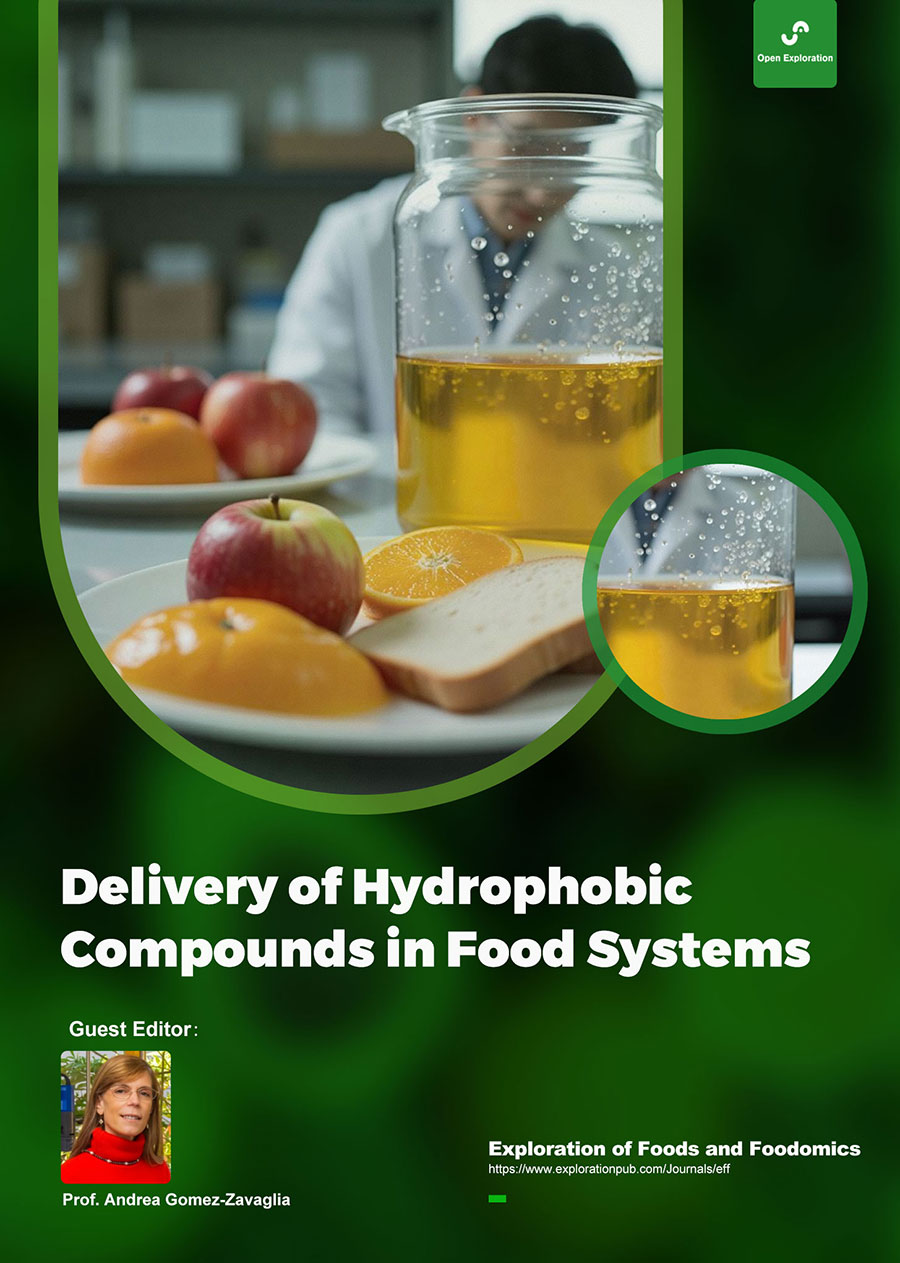
Delivery of Hydrophobic Compounds in Food Systems
Guest Editor
Prof. Andrea Gomez-Zavaglia E-Mail
Center for Research and Development in Food Cryotechnology (CIDCA-CONICET)
Research Keywords: food science and technology; circular economy; probiotics; functional ingredients; delivery systems; spectroscopy
About the Special lssue
Encapsulation techniques can be used to deliver hydrophobic food ingredients, such as oils, flavors, antioxidants and vitamins, in a variety of food products. These techniques involve the creation of small particles, typically ranging from a few microns to a few nanometers in size, which can protect the hydrophobic ingredient from degradation, oxidation, and other environmental factors, including the gastrointestinal tract. Besides that, an improved solubility and bioavailability is achieved.
Plant extracts and proteins can be used to stabilize micro- and nano-encapsulated particles, as well as to provide additional functional properties. For example, proteins from agro-waste sources can provide emulsifying and foaming properties, as well as improve the stability and texture of food products.
By integrating omics techniques with encapsulation and delivery systems, researchers can develop more efficient and effective methods for transporting hydrophobic compounds in food products. In addition, these techniques have a great potential as they can provide valuable insights into the underlying mechanisms and pathways involved in the encapsulation and release of bioactive compounds.
This interdisciplinary perspective can offer a promising approach for the delivery of hydrophobic food ingredients in a variety of food products, with improved health benefits, as well as enhanced flavors, textures, and shelf-life.
The proposed special issue is aimed to address different perspectives related with the delivery of hydrophobic compounds in food matrices/systems. Researchers are invited to contribute original research and review articles related with one or more of the following subjects: a) Using the concept of Circular Economy to develop delivery systems of hydrophobic compounds in food matrices; b) Using innovative materials and/or techniques to deliver hydrophobic compounds in food matrices; c) Using Omics' techniques to understand the mechanisms and pathways explaining the encapsulation and delivery of hydrophobic compounds.
Keywords: circular economy; emerging food sources; delivery systems; hydrophobic compounds; food applications; omics' techniques; encapsulation
Published Articles
